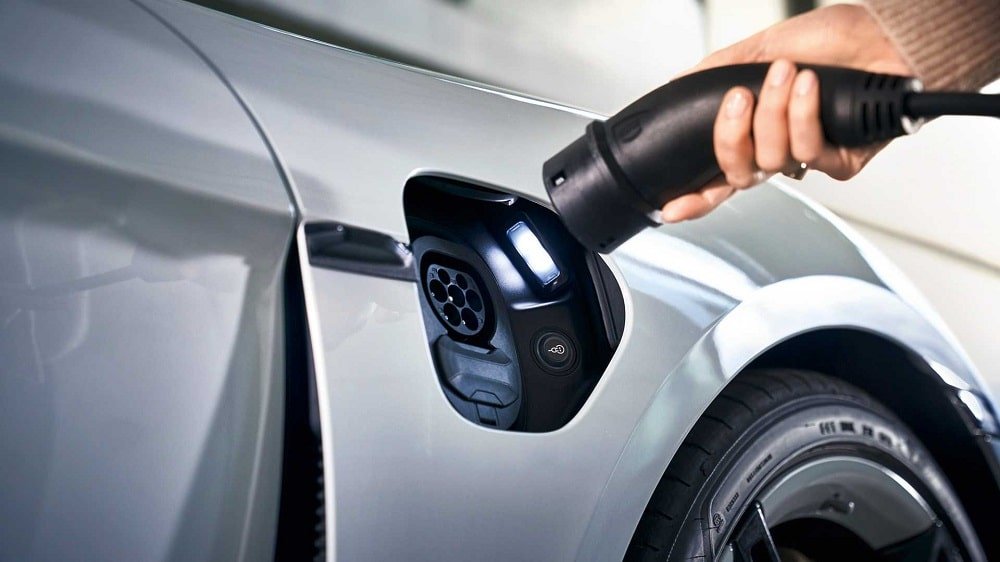A recent report by the Asian Development Bank (ADB) has highlighted the significant impact that the transition to electric vehicles (EVs) could have on Pakistan’s road user revenues. Currently, over 80% of these revenues, amounting to $5.68 billion, are derived from fuel-based sources. The shift to EVs is expected to directly affect this revenue stream, potentially leaving only 35% of road maintenance needs covered by remaining revenues.
Pakistan’s extensive road network spans 500,750 km, with 40% paved. Despite this, the country faces challenges in road density per population and GDP, with figures of 21 km per 1,000 people and 67 km per $20 billion GDP, respectively. The annual road maintenance requirement is estimated at $3.472 billion, or 0.9% of GDP, but the current budget allocation covers only 44% of these needs.
The ADB report notes that the transition to EVs will also impact customs revenue, as duties on electric vehicles are up to 98% lower, potentially affecting $394 million in revenue. Although the number of registered EVs is currently low, the vehicle fleet, dominated by 2- and 3-wheelers, is expected to transition more rapidly to electric.
Financial incentives for importing EVs and developing domestic manufacturing capacity are anticipated to accelerate this transition. However, challenges such as inadequate charging infrastructure and limited electricity network capacity could impede progress.
Pakistan’s vehicle fleet, which included nearly 31 million vehicles in 2020, is growing at an average annual rate of 10%, primarily driven by 2- and 3-wheelers. The National Electric Vehicle Policy, enacted in 2021, aims to achieve a 30% sales target for electric cars and 50% for 2- and 3-wheelers and buses. The policy focuses on domestic production rather than import incentives.
The transition to EVs is expected to reduce fossil fuel consumption significantly. Under a high penetration scenario, fuel use could decrease by 18 million tons of oil equivalent (TOE) from 2021 to 2030, with annual reductions of 5.1 million TOE by 2030. Medium and low scenarios project reductions of 10 million TOE and 5 million TOE, respectively.
Despite these potential benefits, the report emphasizes the need for greater purchase incentives and infrastructure development to support EV adoption. The impact on electricity demand is projected to be modest, requiring an additional 1.7–2.0 gigawatts, or 2% of total consumption, under the high scenario.
Pakistan’s road user revenues, heavily reliant on fuel taxes, face challenges as the country negotiates with the International Monetary Fund (IMF) to increase its petroleum levy collection. The federal budget for 2023–2024 estimates revenue from the fuel levy at Rs. 881 billion ($3,075 million), with the transport sector accounting for 90% of petroleum fuel use.










